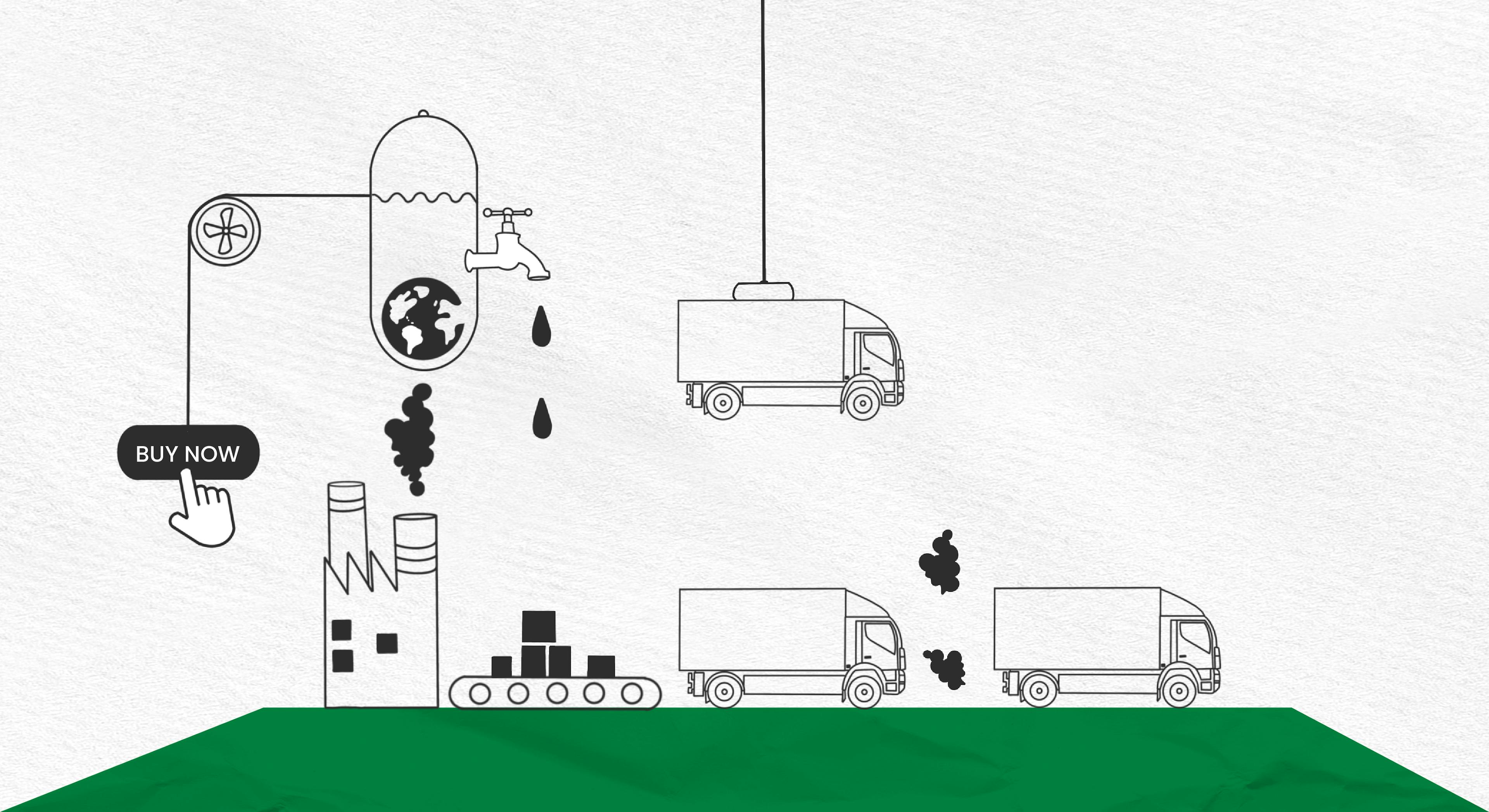Why e-commerce is failing people and the planet
With delivery trucks half full, the rise of bracketing, and more, Sidney lifts the lid on e-commerce.
Name
- Foolproof explores
Date
- 8th December 2021

Amazon, Royal Mail, and Hermes have all reported double-figure growth since the first UK lockdown in March 2020.
This can be attributed to the consumer's rising dependency on e-commerce, and with it, ever more convenient delivery services. The thing is, while greater convenience and therefore fulfillment means happy customers, it's at the expense of our planet - without which there would be no e-commerce to seek or deliver.
Sustaining life on Earth is of the utmost importance, and formal plans to slash carbon emissions and reach net-zero (by 2030 here in the UK) have been set in motion at this year's COP26. Given this commitment and the growing desire, at an individual level, to do our bit, we turn to retailers and ask: what can be done to ensure e-commerce serves both human and customer needs.
Read our complete report: Why e-commerce is failing people and the planet. As well as examining the e-commerce problem space the team propose ideas for brands wanting to implement more sustainable delivery services by being more transparent, offering a greater range of delivery options (for example) while keeping human needs and the much bigger environmental picture in mind.
If you have any feedback or would like to add to what's here, simply reach out.